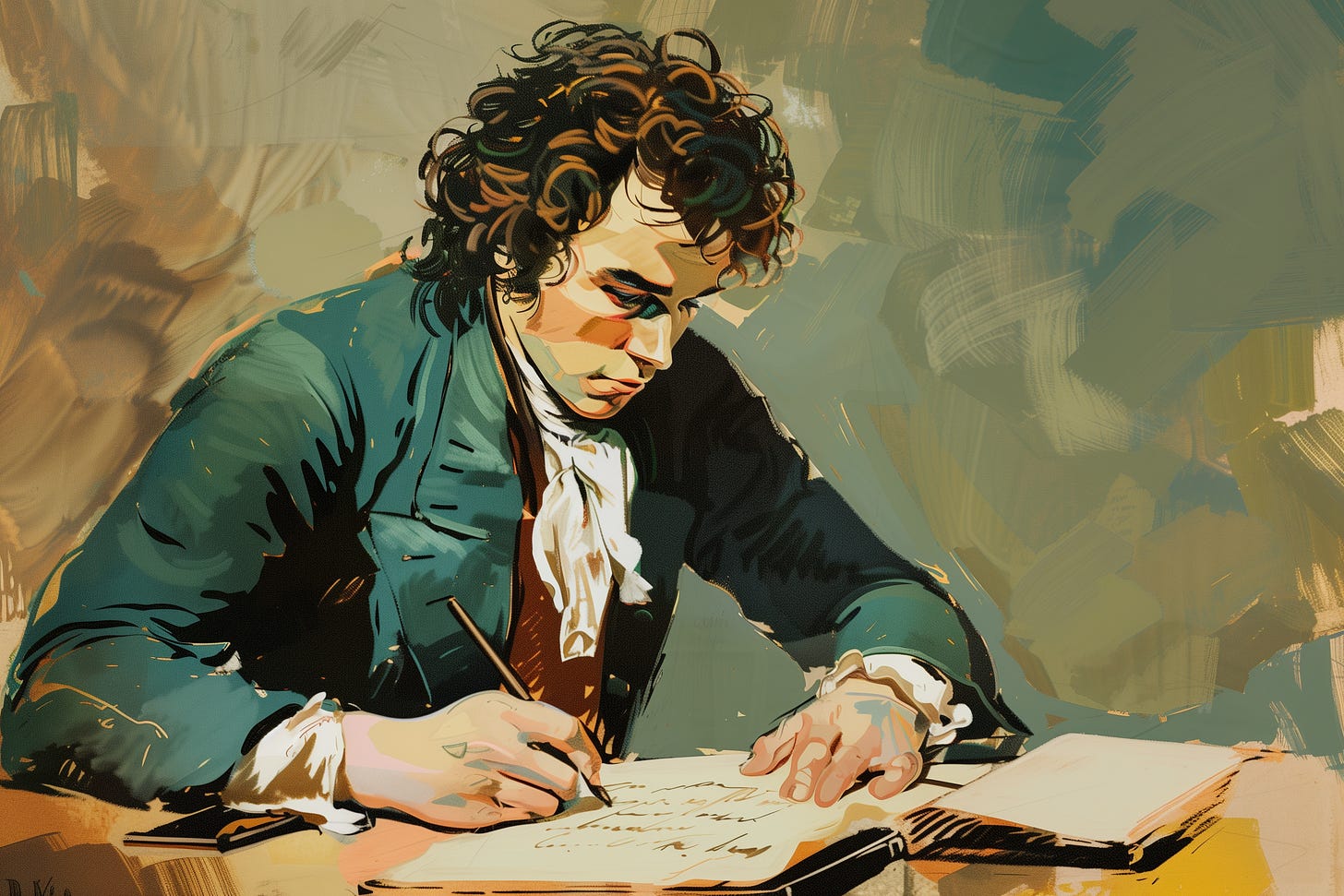The art of autobiography
A few thoughts on those who commit their lives to paper.
In the digital age we are all autobiographers. For all the creative opportunities they afford, social media platforms are often less about self-expression and more about the cultivation of our online persona. We are curators of own image, panderers to popular tastes, engaged in a never-ending form of self-portraiture for the eyes of invisible strangers. These online narratives are exercises in wish-fulfilment; these are the lives we yearn to live, or, more specifically, the lives that we believe will most effectively kindle the admiration of others.
As a genre, the autobiography is endlessly fascinating. Like the versions of our friends that we see on social media, these books are efforts at reconstruction, pictures drawn through a careful process of emphasis and omission. Part of the enjoyment for the reader is the persistent sense that we are not hearing the whole story. We are all unreliable narrators of our own lives, but this is surely exacerbated in the case of public figures with one eye on their legacy. That is not to suggest that we should assume dishonesty, but the choices made by the autobiographer are not so very dissimilar to those made by the writer of fiction.
This concept did not escape the novelist Forrest Reid who, in a letter to the poet Walter de la Mare, suggested that when penning his autobiography, ‘the more like fiction you make it, the better’. The strategy came naturally to Reid, for whom the realms of reality and fantasy were overlapping and indistinct. His book Apostate (1926) is one of the forgotten classics of the autobiographical genre. Reid writes with the mind of his younger self but the craft of a highly experienced prose stylist. This is why Apostate surpasses even Edmund Gosse’s Father and Son (1907), to which it is often compared, in its credible recreation of a child’s worldview.
Reid maintains that as a child he occupied ‘two worlds’: one, the life of a middle-class schoolboy in Victorian Belfast; the other, an idealised ‘dreamland’ which took the form of a garden by the sea. Apparently it did not occur to him at any point to ask himself ‘whether one were less real than the other’. His life becomes a search for the ‘imaginary playmate’ who features in his recurring dreams and whose image he unconsciously superimposes onto his friend and work colleague, Andrew Rutherford. This is why the final chapter, in which he confesses his love for Andrew by allowing him to read his private journal, is doubly poignant. We know that his feelings are unlikely to be reciprocated, but we also understand something that Reid might not: that he has fallen in love with a spectre of his imagination.
Given that to be homosexual in late nineteenth century Belfast was a form of social death, it is remarkable that Reid does not attempt to disguise his forbidden love. Yukio Mishima takes the more judicious approach, which is to present his account of growing up gay in Imperial Japan as a novel: Confessions of a Mask (1949). The title relates to the concealed sexuality of the protagonist Kochan, but also possibly hints at the autobiographical nature of the book. Many of his experiences echo those of Reid: Kochan comes from a family who have suffered from a decline in fortunes, he is ‘weighed down by a sense of uneasiness at the thought of becoming an adult’, he has vivid and powerful visions, and he projects a fantasy love object – in this case derived from an erotic image of Saint Sebastian – onto a real life playmate. There the similarities end. Kochan is far more aware of his own sexuality, even explicitly describing his first act of masturbation, something that would have horrified the puritanical Reid. There is a recurring fetishization of suicide and violent death in Mishima’s story, a curious fusion of Eros and Thanatos, which still has the capacity to unsettle a reader.
Mishima’s technique of camouflaging a life story as a novel serves as a reminder of the inherently semi-fictive aspect of the autobiographer’s craft. Perhaps the most realised expression of this style is Salman Rushdie’s memoir, Joseph Anton (2012). The title is a reference to the pseudonym that Rushdie adopted during the period he was in hiding following the fatwa issued by the Ayatollah Khomeini. The third person narrative makes perfect sense given the fantastical quality of the story; who would have thought that members of the public in the late twentieth century would be burning books on the streets of the United Kingdom? Rushdie recalls his reaction to the initial protests: ‘He saw on television what he had spent the day trying to avoid. There were perhaps a thousand people in the demonstration, and all of them were male. Their faces were angry, or, to be precise, their faces were performing anger for the cameras.’ Even at the moment of its occurrence, this resurgence of crazed religious fundamentalism in a supposedly liberal country feels like the stuff of fiction.
In an interview with The New York Times, Rushdie said that the ‘I’ of the autobiography had struck him as ‘absurdly narcissistic’, which is as good a reason as any to avoid it. Yet some of the most compelling figures in history have been egotists, and we may even justifiably attribute their successes to this flaw…
— To continue reading this article, please consider becoming a paid subscriber —
Keep reading with a 7-day free trial
Subscribe to Andrew Doyle to keep reading this post and get 7 days of free access to the full post archives.


